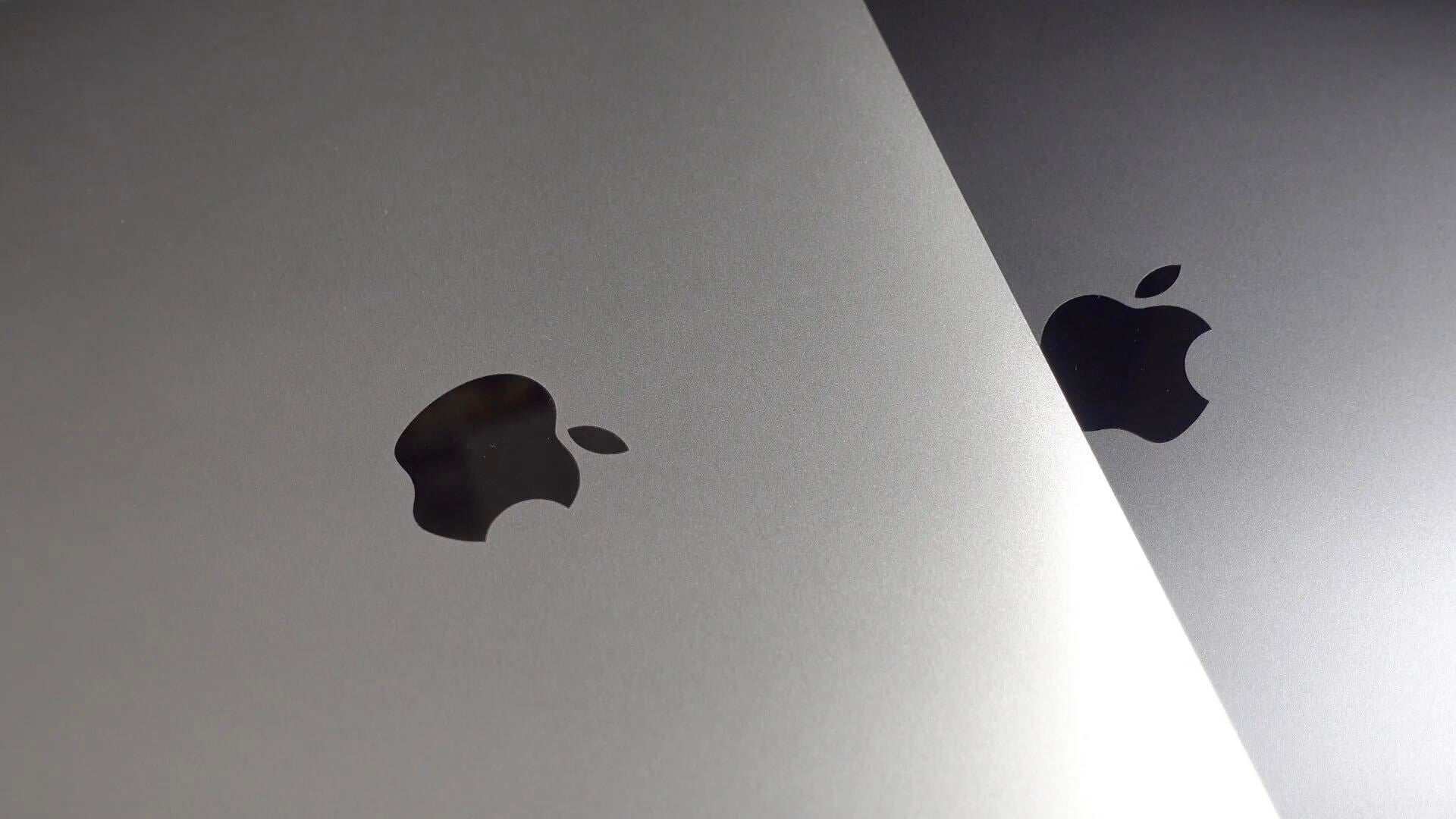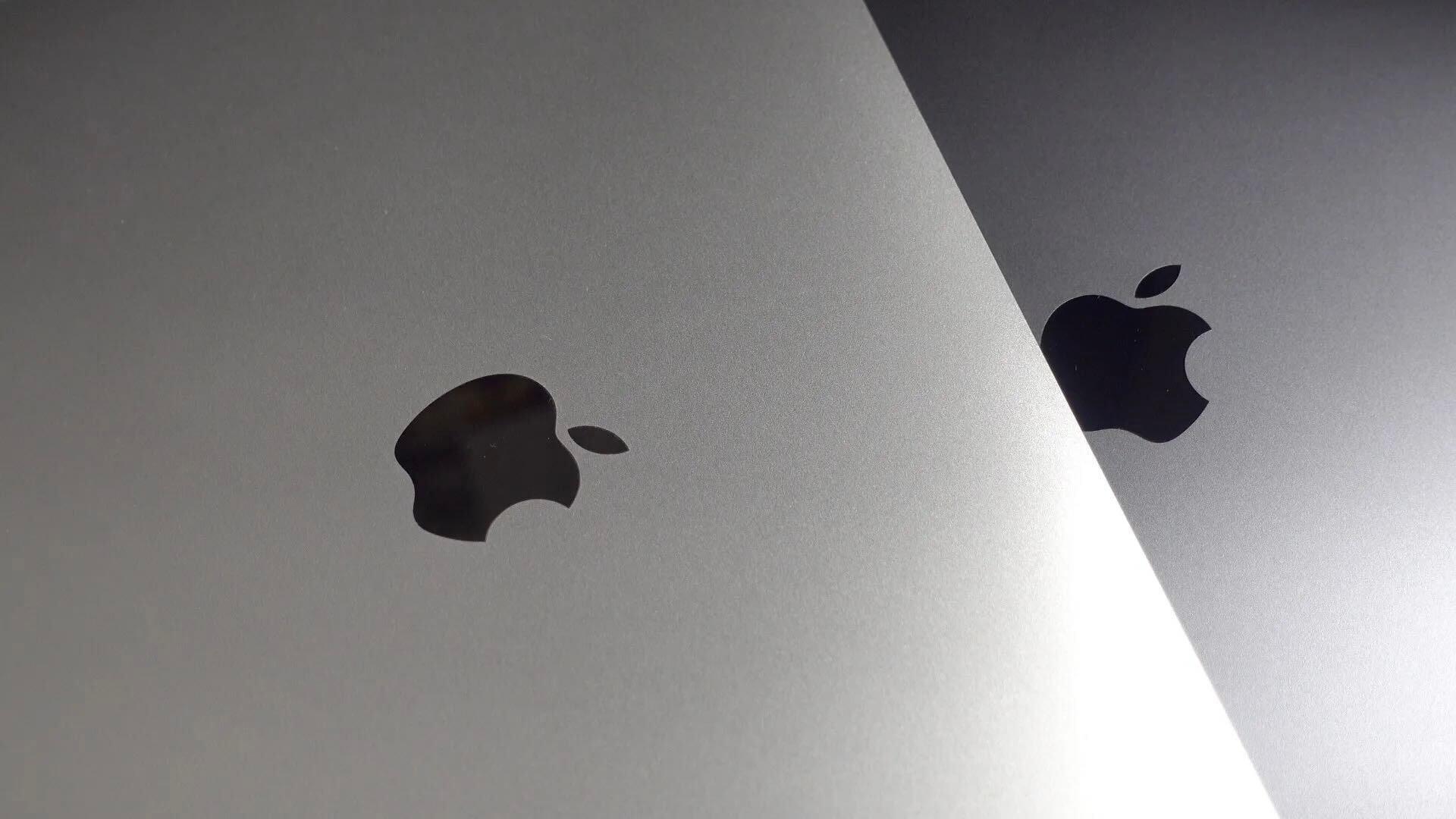
I’ve been interested in iBeacons — proximity-based wireless transmitters — ever since they were first announced by Apple alongside iOS 7 at WWDC in 2013. The idea of walking into a store, restaurant, or other public space and receiving (opt-in) wireless notifications based on proximity to a Bluetooth sensor struck me as a potentially compelling next step forward for both retailers and smartphone users. Even more exciting was the opportunity to receive incentives, such as coupons or free apps, just for being in proximity to the store. iBeacons have been added to Apple Stores, Macy’s, MLB baseball parks, and even bars, offering giveaways of free apps and magazines, as well as everything from locations of products to seating directions.
In a twist, iBeacons aren’t being sold directly by Apple. The name is being used across a variety of third-party products that meet an Apple specification, and sold by different companies throughout the world. When I heard that a European developer named Beaconic was dropping its prices on iBeacons to levels any small retailer could afford — around $107 for two “Power” beacons or $141 for four “Retail” beacons, each with an unlimited software license — I reached out to the company so I could see what the retailer and customer experience was like. Here’s what I learned…
|
Key Details:
|
Beaconic offers four different iBeacon packages containing one of two different types of iBeacons. The basic “Retail iBeacon” is a red plastic dot only slightly wider and thicker than a stack of four American quarters, shipped with a nickel-sized dot of 3M adhesive. This iBeacon contains a Bluetooth 4.0 chip that can communicate with devices at distances between 4 inches and 160 feet in open spaces, relying on a built-in battery. It’s so small that you can mount it wherever you prefer, so long as it’s not inside a box that limits its transmitting abilities.
The company also sells “Power iBeacons” that are smaller than the footprint of a business card, measuring 1.6″ by 2.7″ by 0.8″ when fully assembled. These iBeacons require you to self-supply two AA batteries, which are used to provide five years of power to a Bluetooth 4 chip capable of reaching devices within a nearly 500-foot radius. Power iBeacons can be attached to your choice of surfaces either with included screws or a larger piece of 3M adhesive; a small screwdriver is packed in to help with installation. Customers also get one Beaconic sticker (“Check our Beacon”) per iBeacon purchased, enabling the retailer to advertise the presence of the iBeacons and the app used to communicate with them.
Beaconic’s pitch is very appealing: instead of paying both a one-time hardware fee and ongoing monthly subscription costs, you pay a one-time charge for both the hardware and the software needed to set up your iBeacons, as well as Beaconic’s email-based support. Generally, I’ve found the company’s representatives to be very responsive to emailed questions, though one thing — the lack of an included manual to guide one through the initial setup process — dogged my entire testing period, despite multiple requests. My reviewer’s package consisted solely of all the iBeacon hardware, without any guidance as to how to use it.
It turns out that Beaconic’s software is primarily web-based. You create an account on the company’s site, link each of your iBeacons to the account, and then customize each iBeacon with one of three different (but substantially similar) “campaign” statuses. You can choose from Countdown, Offer, and Information, each of which can provide a photo, text, and optionally a countdown timer that offers a specific promotion for a limited period of time.
Once you’ve followed several steps to set up your campaign, you can assign it to one or more of the iBeacons, and after a short period of time, any interaction with the iBeacon will trigger the display of your campaign’s contents. To fine-tune the experience, you can also specify the notification range and notification frequency on a per-campaign basis. Campaign results can be monitored from Beaconic’s web site, providing realtime and summarized data of devices, referrers, campaigns, and beacons.
I played with a set of three iBeacons — two Retail iBeacons and one Power iBeacon — and found all three to be reliably locatable with a test iPhone 5s. They were all discoverable as expected, and once they were set up via Beaconic’s web site, each was capable of putting out an individual campaign with separate photography, text, and the like. You can label each beacon as you prefer, and name each campaign; I just used generic titles so I could easily distinguish the beacons and campaigns from one another.
The trick with these iBeacons is that seeing them may depend upon your customer downloading the Beaconic app — the reason for the window stickers in the Retail Kit. (As of press time, the Beaconic app runs reliably only under iOS 8, but the company says an iOS 9 version will be released shortly.) For consumers, the app starts with a map of the country, which can be used to drill down to wherever they happen to be, showing a list of all of the beacons detected within a nearby range. Once a beacon is selected, the consumer can “unlock” the information on the beacon, as well as share it via Facebook or Twitter.
For privacy, annoyance, and iOS integration reasons, it might be too much to expect that an iPhone would just display an iBeacon notification without the user needing to specifically open an app, but the out-of-box implementation is somewhat limiting. Beaconic offers a link to download an iOS GITHUB SDK that lets developers add Beaconic iBeacon support to an existing app — handy, and arguably a necessity for major retailers — but again, documentation to go along with it is scarce. Developers may find it so easy to implement that this isn’t necessary.
From a consumer standpoint, iBeacons have a ton of potential. Despite the growth of online shopping, brick-and-mortar stores are still very compelling, and restaurants, bars, stadiums and other public gathering places aren’t going anywhere any time soon. Given the popularity of smartphones, having the ability to link proximity-specific incentives and information into a location’s environment just makes sense for businesses — the only challenge is reducing the friction needed to actually get those messages onto visitors’ screens. By pricing its solutions so aggressively, Beaconic has made it possible for even the smallest retailer to bring iBeacons into a space; its next challenges are improving the setup experience for retailers, and easing beacon discovery for visitors and customers.
| Manufacturer: Beaconic |
Prices: €95+ / US$104+ |
Compatibility: iPad, iPhone, iPod |
|---|
FTC: We use income earning auto affiliate links. More.



“The trick with these iBeacons is that seeing them may depend upon your customer downloading the Beaconic app” They lost me there. Bummer.
Nice piece on the kit, very informative. Beaconstac’s Starter kits come with three beacons, the Beaconstac app, and access to the Beaconstac platform – all this for $79. There’s the Pliot kit and Deployment kit too, you can check out the specifications, description and prices here: http://store.beaconstac.com/?utm_source=comment&utm_medium=9to5&utm_campaign=store